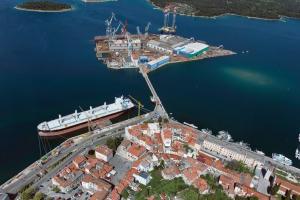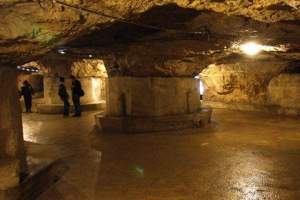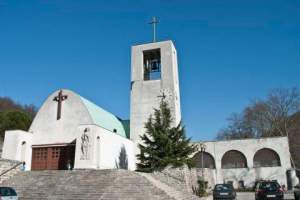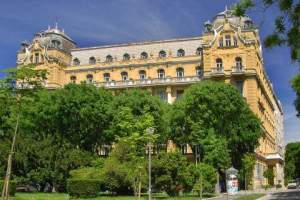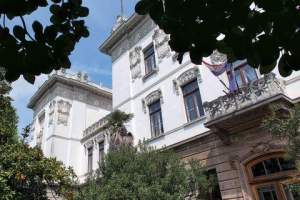The Punta Christo Fortress
When its control of Pula commenced, the Austro-Hungarian Monarchy decided to transform the town into the Monarchy's maritime centre, which meant the construction of not only numerous newly-built structures such as the arsenal, hospital or the Hydrographic Institute, but also its defensive system. Thus, a magnificent fortification system was erected, which included not only Pula but also some of its neighbouring villages such as Medulin or Fažana. In the period from 1881 until 1918, 31 structure was erected along the area of Pula and its near surrounding, including batteries and other necessary structures.
The Punta Christo fortress, which is the biggest Austro-Hungarian fortress, was built in Štinjan, on the namesake Kristo peninsula. Erected in the late 19th century, it spread across more than ten thousand square meters and had as many as 270 rooms. The fortress had an excellent geographic position with a view of the entrance into the Pula Bay and the jetty from one, and of Muzil and the Brijuni islands from the other sea side. A trench was dug around it, separating it, while the passage was possible only through one of the three entrances. The interior yards of the Punta Christo fortress provide the access to its underground premises. The fortress was abandoned after the WW2. Having been neglected, abandoned and dilapidated for a number of years, it was finally cleared. Today it is used as a site for organizing concerts, exhibitions, and other cultural events.
T: +385 (0)52 219 197
tz-pula@pu.t-com.hr
www.pulainfo.hr












